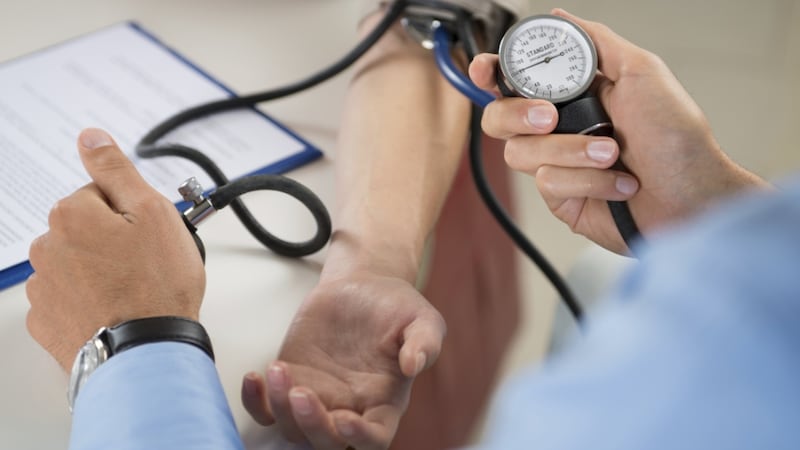The groundbreaking Sprint trial signalling a need for more aggressive blood pressure treatment is a real game changer (see bit.ly/1LmaHRp).
It directly affects anyone over 50 who has a systolic blood pressure of greater than 130 mm Hg and who either has existing heart disease or who has an elevated risk of developing a heart attack or stroke in the future.
For decades, the goal for normal blood pressure was set at 140/90. The upper number is the systolic blood pressure and corresponds with the pressure as the heart pumps blood from its chambers; the lower number or diastolic blood pressure coincides with the heart filling up again with blood. After Sprint, treatment guidelines will almost certainly mandate a new systolic goal of 120 mmHg.

For those of us who struggle to meet the established 140 target, this represents a significant challenge; however, the benefits of doing so are a much reduced chance of having a heart attack, stroke, heart failure or dying from cardiovascular disease.
Media coverage
Just before the Sprint trial was presented at the annual meeting of the
American Heart Association
, garnering huge media coverage in the process, another key piece of hypertension research in
The Lancet
came in under the radar.
A meta-analysis of some 19 clinical trials involving almost 45,000 patients, it compared outcomes in two groups: those who underwent intensive treatment and who had an average blood pressure of 133/76; and those in a control group whose average readings were 140/81.
When compared with the control group, patients who received intensive treatment and who had a lower blood pressure as a result had a 14 per cent reduction in major cardiovascular events; a 13 per cent less chance of having a heart attack; and a 22 per cent reduced risk of developing a stroke.
However, there was no significant difference between the two groups in the risk of heart failure or death from a cardiovascular cause.
Does this push us closer to setting lower blood pressure targets for the entire population?
Writing in an accompanying Lancet commentary, Dr Mattias Brunstrom and Dr Bo Carlberg of Sweden's Umeå University, said the paper "provides strong evidence that intensive blood pressure reduction is more beneficial than less-intensive blood pressure reduction".
But they warned, despite “convincing” findings, the overall results should not be applied to all populations studied in the trials included in the meta-analysis.
“In particular, it is not yet obvious that patients with diabetes mellitus, or very elderly patients, will benefit from lower treatment targets than the recommended goal of lower than 140/90 mm Hg.”
Guideline
I think we will see the target for the top number in blood pressure readings lowered when guideline committees around the world absorb the recent trial results. Whether the diastolic target will change is more difficult to predict.
Lowering blood pressure goals from 140 systolic to 120 systolic is a big ask. For those already on anti- hypertensive medication it could well mean the addition of an extra drug to their regimen.
But it’s worth emphasising the non-drug methods of lowering blood pressure in anticipation of guideline change.
Research into the effects of weight-loss suggests that losing about 9 pounds could reduce systolic blood pressure by 4.5 mm Hg; another study found that maintaining weight-loss of about 7 pounds for a year could even bring it down by 11 mm.
Along with weight-loss, exercise is probably the best non-pharmaceutical way to lower blood pressure. It makes arteries more flexible and better able to dilate, which has a direct impact on systolic blood pressure.
In one study, 10 weeks of moderate exercise, such as walking or cycling, for an hour three times a week reduced systolic blood pressure in sedentary older adults by 5 mm Hg. Every little intervention adds up and is worth it to avoid a heart attack or stroke. mhouston@irishtimes.com muirishouston.com







